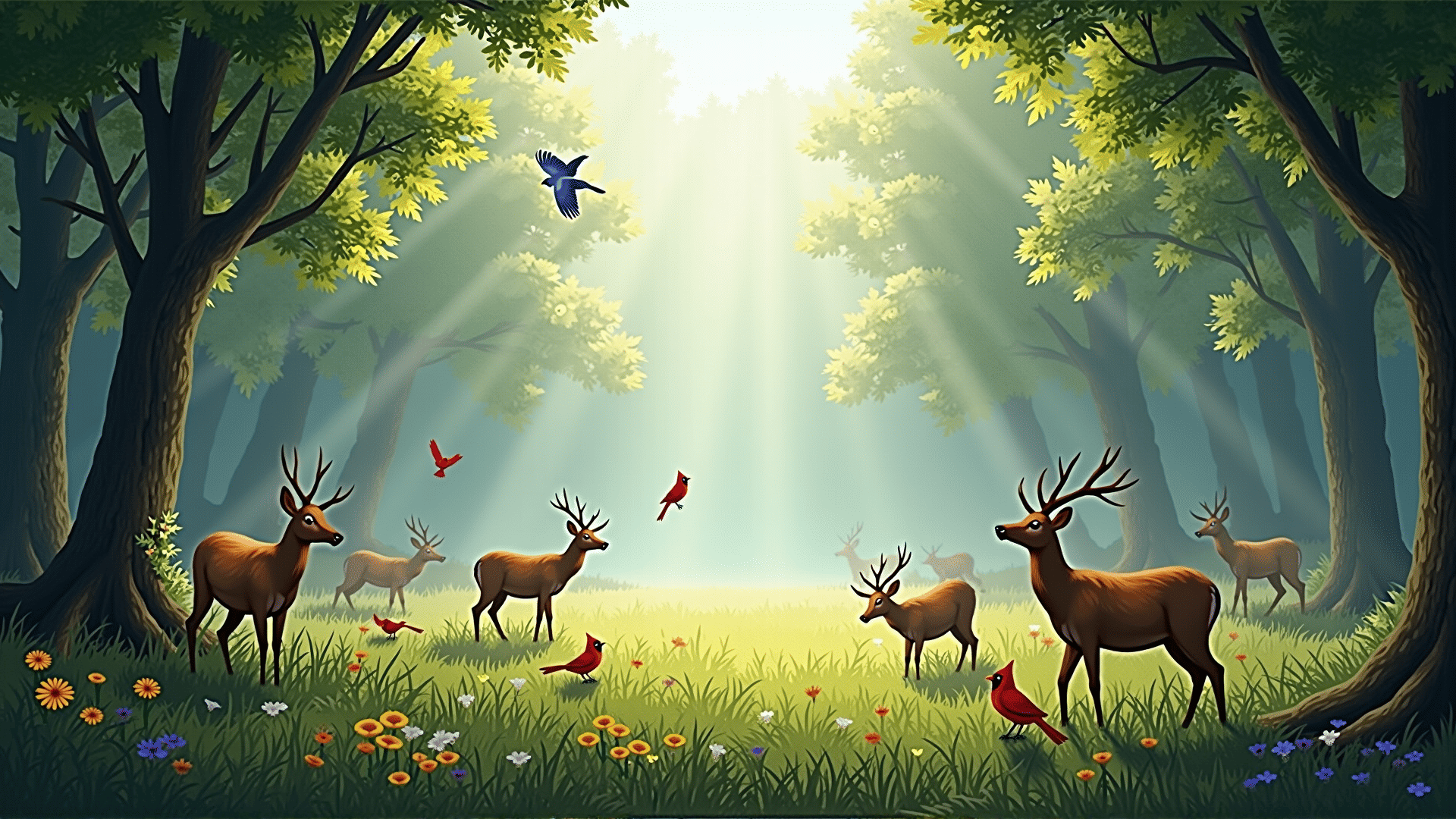In the vast expanse of our planet, a complex and remarkable tapestry of life unfolds in diverse landscapes, each teeming with wildlife uniquely adapted to their environments. This symbiosis between animals and their habitats is essential for the survival of both. Understanding these relationships is not only fascinating but crucial for effective conservation work.
Each species plays a specific role within its ecosystem, contributing to the equilibrium of their natural surroundings. Predators, like lions in the savannah, regulate the population of herbivores such as zebras and wildebeests, ensuring that vegetation is not overgrazed. Similarly, insects act as pollinators, critical for plant reproduction, which in turn sustains herbivores. This interplay maintains a delicately balanced ecosystem where every organism, big or small, has a part to play.
Natural habitats range from the arid deserts of Africa to the dense rainforests of the Amazon, from the icy terrains of the Arctic to the deep ocean beds. Each poses distinct challenges and opportunities for the wildlife residing within them. For instance, camels in deserts have adapted to survive harsh conditions with minimal water, while rainforest frogs have evolved vibrant colors to ward off predators and communicate with potential mates amidst lush foliage.
The exceptional adaptive strategies exhibited by animals highlight the intricate connections within ecosystems. However, these interconnected webs are extremely sensitive to changes. Human activities such as deforestation, pollution, and urbanization disrupt the natural order, leading to dire consequences for wildlife. For example, the destruction of mangrove forests, which serve as critical breeding grounds for many fish species, can result in declining fish populations that affect food chains and local communities relying on these resources.
Conservation efforts thrive on the foundation of comprehensive understanding and awareness. Initiatives such as creating protected areas, restoring native vegetation, and enforcing regulations to prevent poaching are vital. Moreover, involving local communities in conservation strategies ensures sustainable coexistence alongside wildlife.
Education and public awareness campaigns are also essential to ignite global interest and action. By fostering a deeper understanding of wildlife and their habitats, individuals can make informed choices that contribute to preservation efforts. Simple actions like supporting sustainable products, reducing waste, and advocating for protection policies can collectively make a significant impact.
In conclusion, the symphony of life played out across the globe is one of nature's most awe-inspiring wonders. By appreciating and safeguarding the intricate interactions between wildlife and their habitats, we can ensure that future generations will continue to marvel at the rich diversity our planet has to offer. As stewards of the Earth, it is both our privilege and responsibility to preserve the natural balance.
